Best Places to Visit in Louisiana

Searching for the best places to visit in Louisiana? Well, you are in the right place! Louisiana is a Southern state rich in culture, history, and natural beauty, making it one of the most fascinating places to explore in the U.S. Having traveled through its cities, bayous, and small towns, I’ve found that Louisiana offers an unforgettable mix of music, food, and Southern charm.
I’ve experienced lively streets filled with jazz, quiet waterways perfect for a boat ride, and historic neighborhoods that feel like stepping back in time. From family-friendly attractions to romantic getaways and cultural adventures, the Pelican State has something for every kind of traveler. Here are the places I recommend from my four weeks of travels, and I hope you’ll enjoy them too.
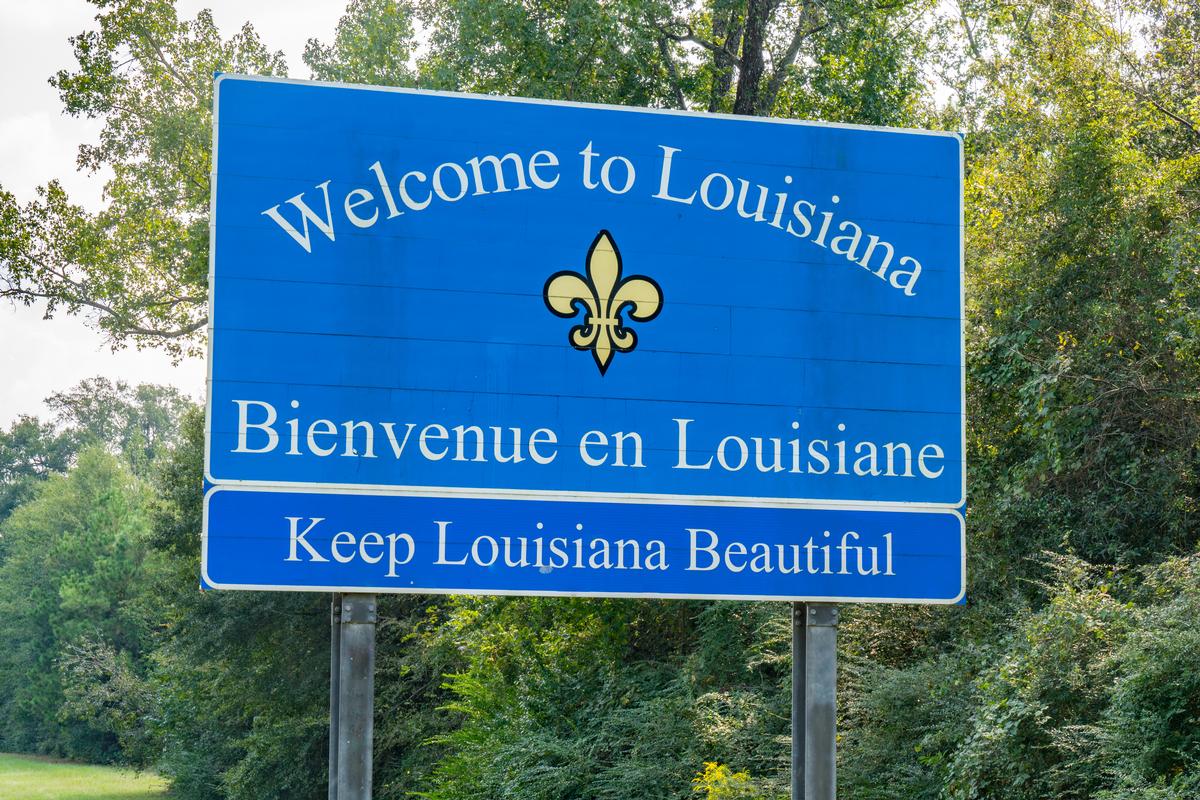

1. Baton Rouge
I think that this is one of the best places to visit in Louisiana. Why? I thought this charming riverside city was absolutely beautiful with its oak-draped avenues, historic neighborhoods lined with stately mansions, manicured riverfront parks, and a walkable downtown filled with 19th- and early 20th-century architecture, fountains, and genteel Southern storefronts.
After a 1 hour 15 minute drive west of New Orleans, crossing over the broad Mississippi River, I arrived in a place that felt both timeless and vibrant—steeped in Southern tradition yet humming with modern energy, like stepping into a living tapestry of Louisiana culture.
During two nights at the romantic 4-star WATERMARK Baton Rouge Hotel, I toured the grand Old State Capitol (a castle-like Gothic Revival landmark), wandered through the regal Louisiana State Capitol tower with its sweeping views, admired delicate porcelain at the LSU Rural Life Museum, and took in the lively rhythms of live zydeco at a cozy downtown bar.
- Location: Map & Directions
What I loved best:
A quiet walk along the Mississippi River levee at sunset revealed a softer, more contemplative side of Baton Rouge’s charm, my personal highlight.
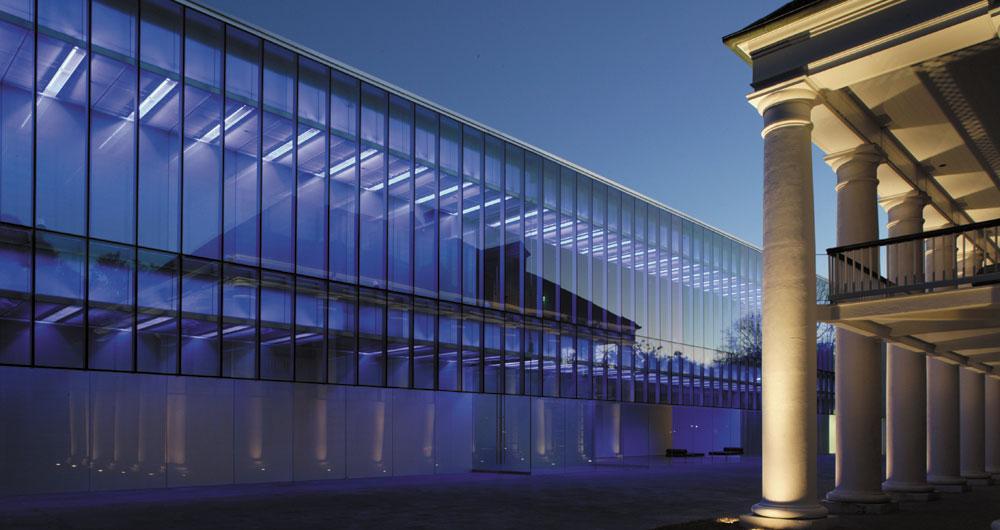
2. Lafayette
This city charmed me with its lively Cajun and Creole heart, a city where French heritage, zydeco music, and incredible food spill into every corner. Nicknamed the “Happiest City in America,” it feels like a smaller town but with big personality, full of warm hospitality and deep cultural roots.
I loved how the city pulsed with music, from fiddles and accordions at dance halls to street performers in downtown. It’s a place where you eat boudin for breakfast, hear French spoken at the farmers’ market, and end the night with a fais-do-do (Cajun dance party).
After landing at Lafayette Regional Airport, I spent three days based at Holiday Inn & Suites Lafayette North exploring the culture and cuisine. I wandered through Vermilionville Historic Village for a glimpse into Acadian life and drove out into the Atchafalaya Basin, the nation’s largest swamp full of Louisiana mystery.
- Location: Map & Directions
What I loved best:
Eating my way through local legends like Olde Tyme Grocery (for po’boys) and Johnson’s Boucanière (for smoked meats and boudin).
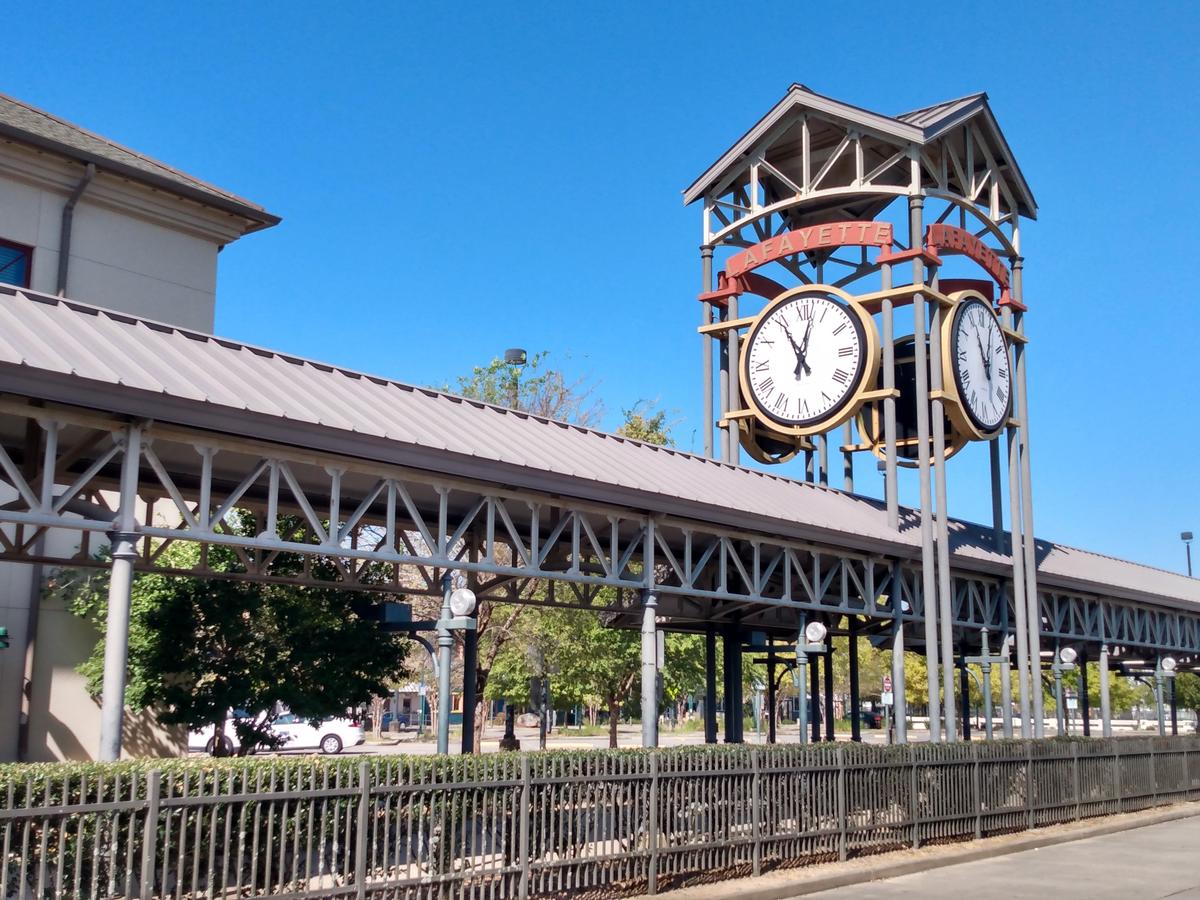
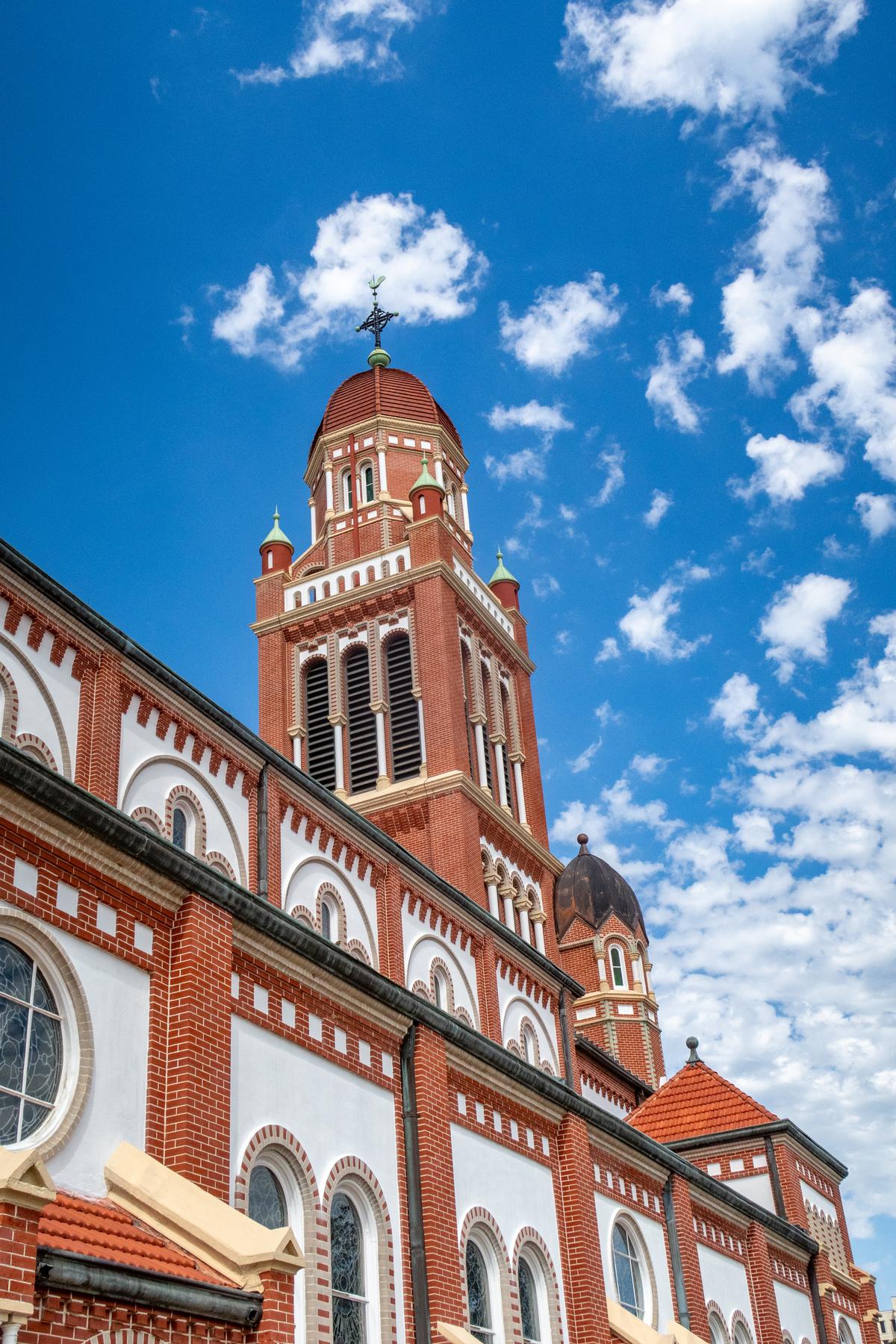

3. Houma
This bayou town completely captivated me with its vibrant culture, soulful rhythm, and deep sense of history! I discovered that this corner of Louisiana was bursting with charm, a place where moss-draped oaks, winding waterways, and friendly locals created an atmosphere unlike anywhere else.
The landscape was enchanting, with tranquil bayous reflecting the golden light, lively Cajun music spilling from porches and cafés, and colorful murals and historic buildings lining the streets. The pace was slow and deeply comforting — I felt an immediate sense of ease, as if time stretched a little softer here.
My trip was just a 1 hour drive drive south from New Orleans, and I savored every moment of my weekend exploring Houma and its surroundings while based at 3-star Courtyard by Marriott Houma for two days. I joined swamp tours where herons soared overhead and alligators slid silently beneath the water’s surface.
- Location: Map & Directions
What I loved best:
My favorite highlight was the region’s culinary treasures...spicy crawfish boils, gumbo simmered to perfection, and the freshest seafood pulled straight from the Gulf.
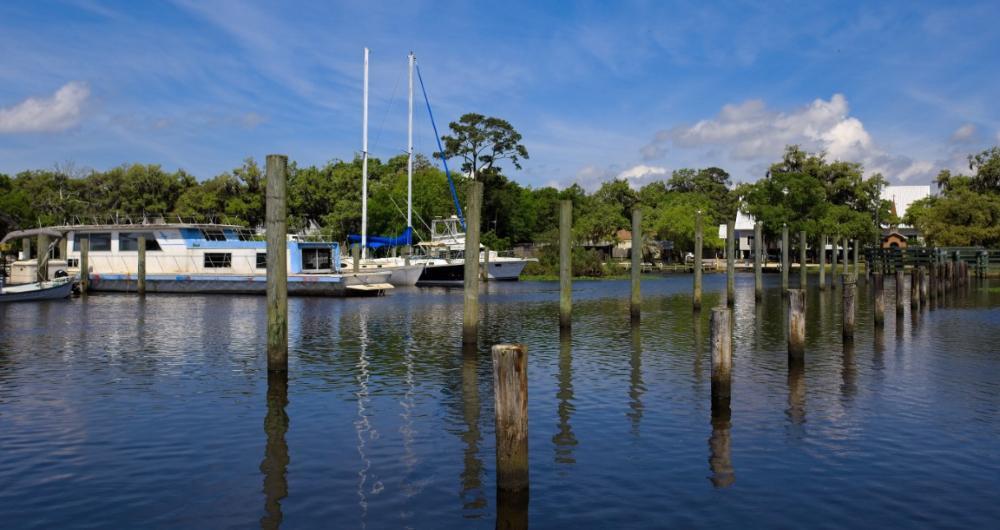
4. Slidell
Early fall in this lakeside city was a delight. I enjoyed comfortably mild weather, bayou greenery still thriving in the wetlands and parks, uncrowded historic streets, and refreshingly affordable hotel rates.
September also brought the Antiques & Vintage Market at Olde Towne.
Flying into Louis Armstrong New Orleans International Airport, I spent three sun-drenched days based at 3-star Comfort Inn & Suites exploring the nearby Honey Island Swamp on a guided tour, relaxing at Heritage Park on Bayou Bonfouca for 2 hours, wandering through Olde Towne's galleries, and tasting Gulf Coast flavors like shrimp étouffée, charbroiled oysters, and decadent pralines at the Slidell Farmers Market.
- Location: Map & Directions
What I loved best:
The relaxed Southern charm and warm hospitality - I admired colorful Creole cottages, oak-shaded avenues, and tranquil waterfronts overlooking shimmering Lake Pontchartrain that completely won me over.

5. Covington
Early fall in this Northshore town was enchanting with crisp mornings and warm afternoons, tree-lined streets alive with color, and a peaceful, small-town pace that felt worlds away from the bustle of New Orleans although just 20 minutes away.
Charming and historic with a vibrant, artsy spirit, I admired its well-preserved 19th-century storefronts, wrought-iron balconies, and shady live oaks along the Bogue Falaya River.
I filled two days with strolls through the walkable Historic Downtown, relaxing picnics in Bogue Falaya Park, visits to contemporary galleries and antique shops.
- Location: Map & Directions
What I loved best:
My personal highlight was tasting jambalaya, and beignets at the Covington Farmers Market.

6. Abita Springs
I was completely charmed by this small but spirited Louisiana town in October — warm, golden afternoons, cooler evenings scented with pine, and a festive rhythm of autumn events echoing across the Northshore!
Abita Springs has a quirky, creative vibe with a down-to-earth Southern twist. The scenery blends moss-draped oaks, historic cottages, and cheerful little shops, all set along quiet, tree-canopied streets with the nearby Tammany Trace trail threading through the landscape.
After just a 50-minute drive from New Orleans, I checked into the cozy and artful Abita Springs Hotel for two days, a boutique stay with just the right touch of whimsy. My days unfolded exploring the Abita Brewery, cycling the leafy stretches of the Tammany Trace, and browsing antiques at the Abita Springs Art & Farmers Market.
I also tapped into the town’s quirky side at the Abita Mystery House, a delightfully offbeat folk-art environment full of whirligigs, dioramas, and found-object oddities that capture the local creative spirit.
- Location: Map & Directions
What I loved best:
My personal highlight was an evening under string lights at Abita Springs Cafe, chatting with friendly residents and soaking in the easy pace of life.

7. Lake Martin
I explored this lovely spot at the very start of the fall foliage season. The swamps were tranquil, the wildlife abundant, and the summer boat traffic had melted away. I flew into Montgomery Regional Airport, drove just under an hour southeast to read Lake Martin.
I loved how wild, otherworldly, and awe-inspiring it felt, an ancient flooded forest where gnarled bald cypress rose from glassy waters, tangled roots formed ghostly silhouettes, and great blue herons glided silently over the mirrored reflections.
- Location: Map & Directions
What I loved best:
The mix of mystical calm and raw southern wilderness made sunrise on the water feel almost enchanted, a true personal highlight.
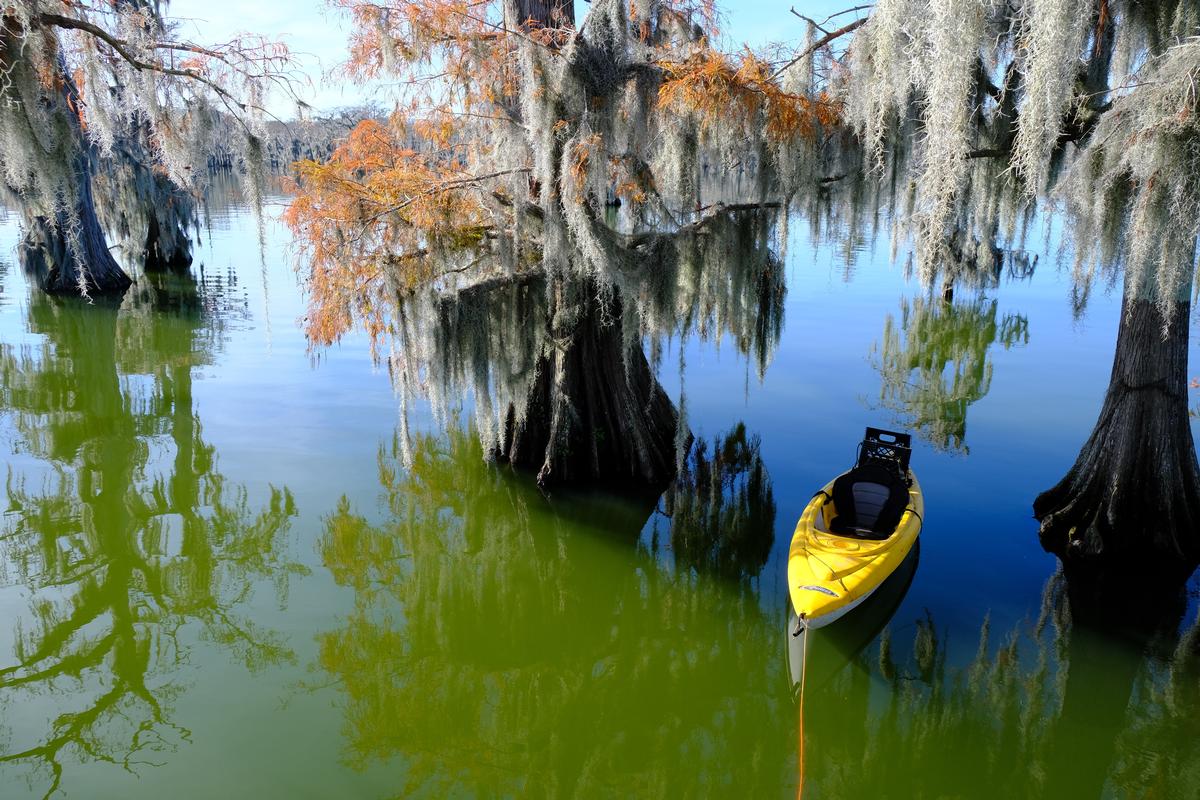

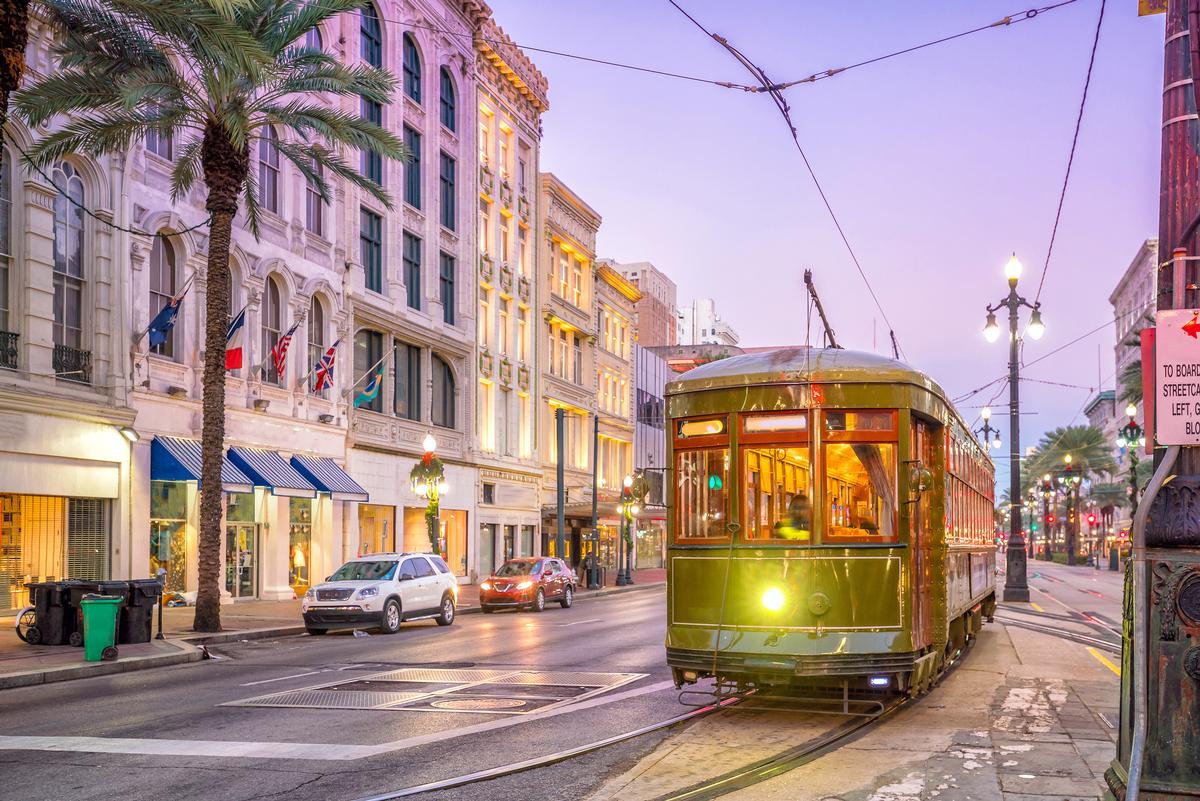
8. New Orleans
Early fall here was absolute magic with warm sunshine, lighter crowds than summer, better hotel deals, and oak-lined streets, setting the scene for jazz-filled evenings and romantic riverfront strolls.
My four-day New Orleans escape began at Louis Armstrong New Orleans International Airport (MSY) and unfolded with a stay at Hotel Mazarin for two days, at Bourbon Orleans Hotel for another two days, garden walks through City Park, jazz history lessons at the New Orleans Jazz Museum, New Orleans Jazz National Historic Park, a steamboat ride on the Mississippi River, awe at St. Louis Cathedral’s dramatic spires, and the shimmering cascades of beignets at Café du Monde.
I think that New Orleans is one of the best places to visit in Louisiana. I was in awe of its French Quarter balconies, colorful Creole cottages, and live brass bands spilling music into the streets. The Historic New Orleans Collection quickly became one of my favorite places to explore while wandering through the French Quarter. Located near Royal Street, it felt like stepping into a treasure chest filled with stories, artifacts, and the living history of the city.
Dining at Vessel NOLA was one of the most unusual and memorable experiences I had in New Orleans.
One evening, the Spotted Cat Music Club on Frenchmen Street was one of the most joyful discoveries of my trip to New Orleans. Just a short walk from the French Quarter, this intimate little spot is where live jazz truly comes alive night after night.
Kayak-iti-Yat gave me one of the coolest adventures I’ve had in New Orleans. Located near Bayou St. John, just a short ride from the French Quarter, it offered a chance to see the city from the water in a way that felt both peaceful and exciting.
When I found the 21st Amendment Bar at La Louisiane, I felt like I had stumbled into another era. Just a block from Bourbon Street, this little speakeasy-style bar immediately pulled me in with its moody lighting, portraits of old mobsters on the wall, and that hush of history you can almost feel in the air.
- Location: Map & Directions
When I walked into Tremé Coffeehouse, I immediately felt the neighborhood’s rhythm wrap around me. Just near Armstrong Park, this spot isn’t just about caffeine, it’s about community...
What I loved best:
Dining at Commander’s Palace was one of the most spectacular experiences I’ve had in New Orleans. Located in the Garden District near Lafayette Cemetery No. 1, this iconic turquoise Victorian mansion is impossible to miss and even harder to forget.

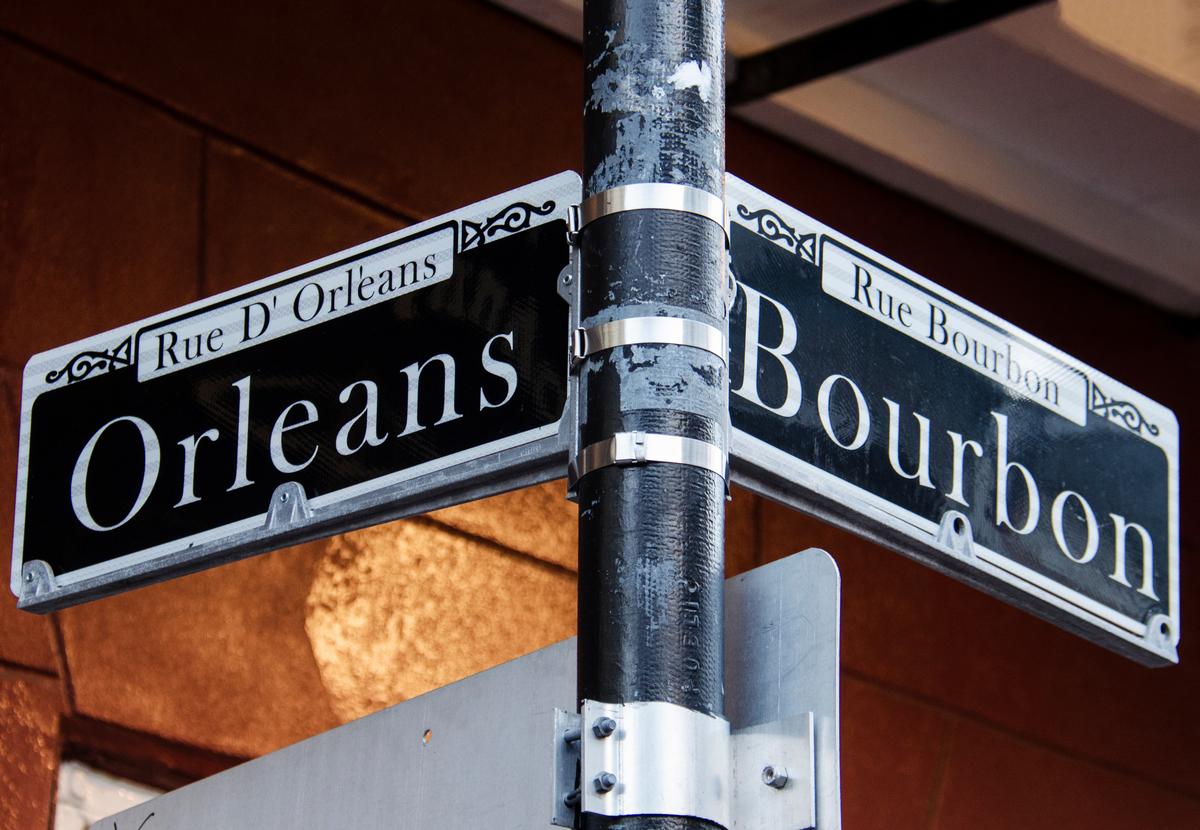

9. Monroe
When I visited this city, tucked away in northern Louisiana near the Ouachita River, I was surprised by how much character this city has. It may not be as famous as New Orleans or Lafayette, but it’s truly an underrated stop that feels authentic and welcoming.
Just a short drive from Shreveport or Jackson, and sitting right off I-20, Monroe felt like a place where small-town ease meets just-enough city bustle. I spent three days at The 4-star Hotel Monroe, letting the slower rhythm sink in.
The city’s blend of Southern, Creole, and Delta influences came alive in food and music, whether it was Cotton, a farm-to-table restaurant downtown or my stay at The Hotel Monroe.
I wandered around the leafy downtown and walked along the riverfront, explored the Biedenharn Museum & Gardens (home to Coca-Cola history and blooming camellias), strolled through the Northeast Louisiana Children’s Museum with families, and admired local art at Masur Museum of Art. Duck Commander headquarters brought out a bit of quirky fame.
- Location: Map & Directions
What I loved best:
Black Bayou Lake National Wildlife Refuge gave me peaceful trails, cypress-lined waters, and birdwatching.
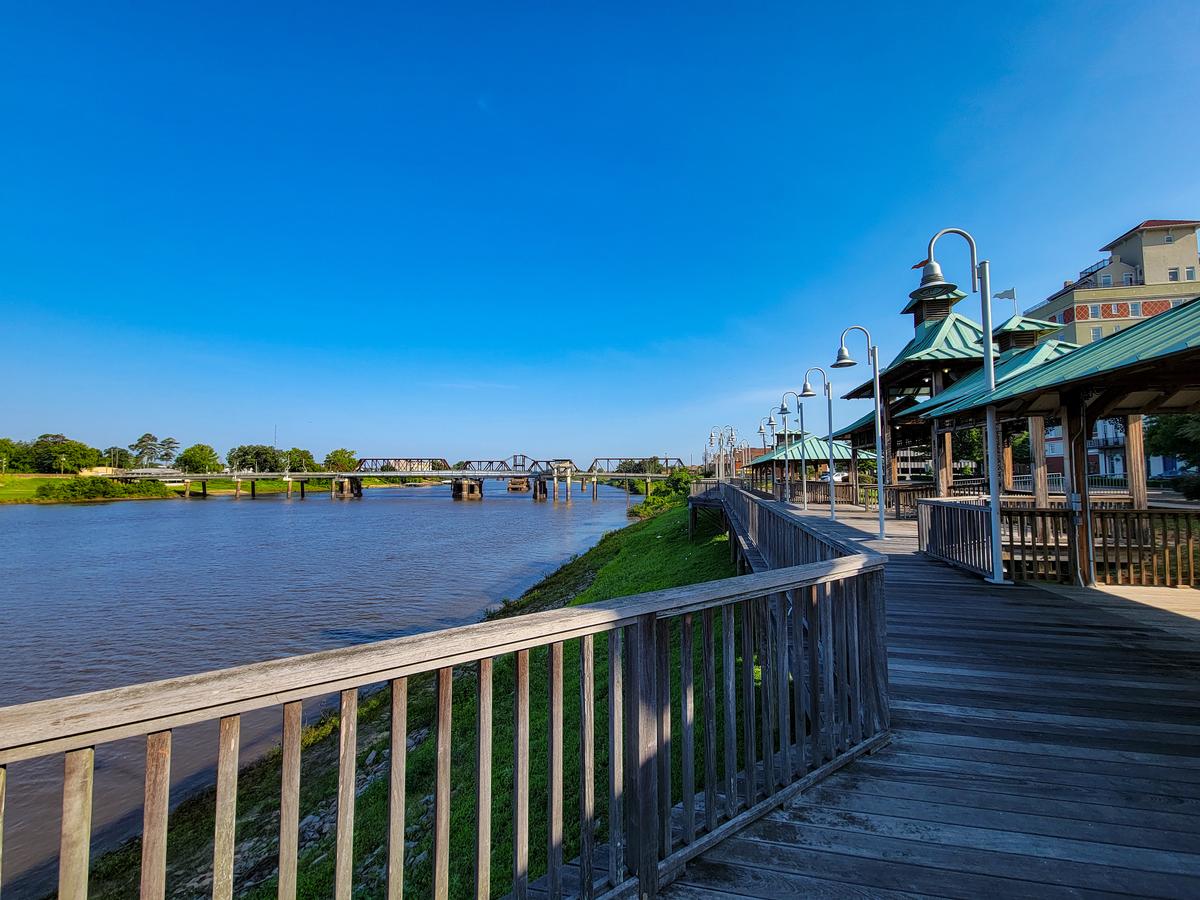
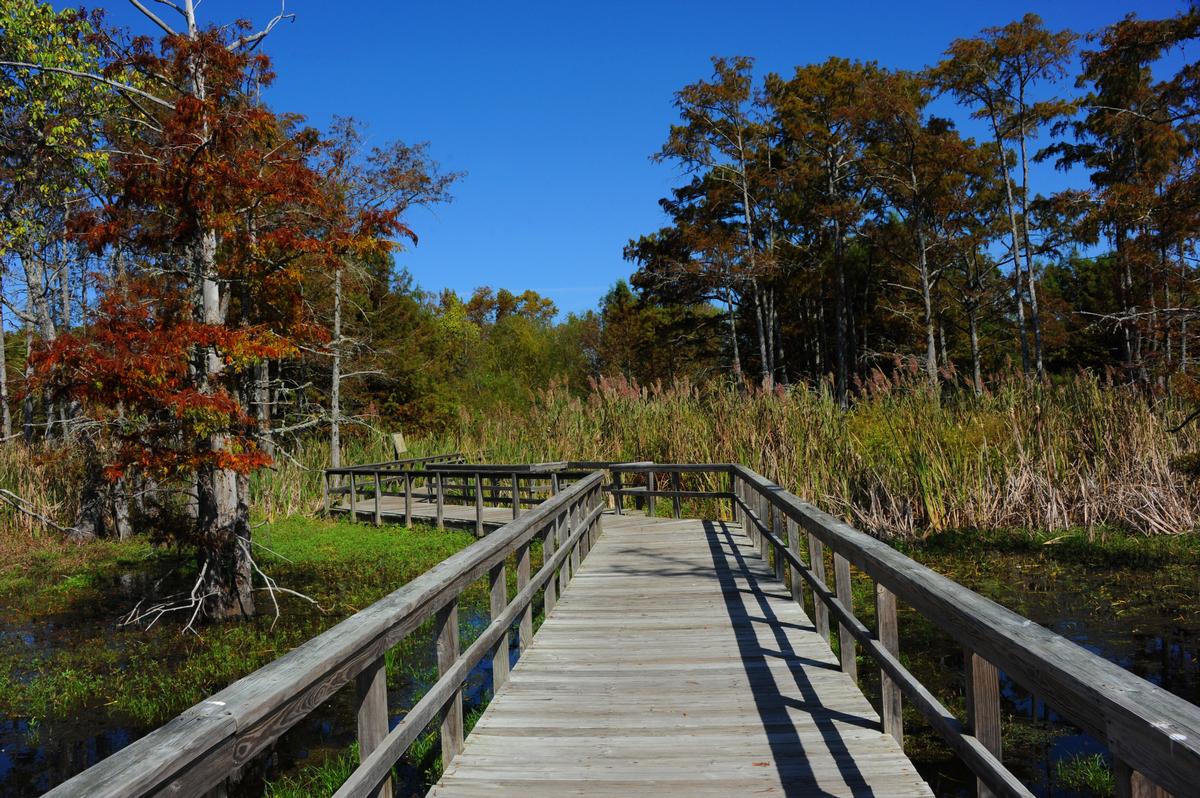

10. Lake Charles
I enjoyed this place with its blend of Cajun soul, Creole spice, and bayou beauty — a place where live oaks draped in Spanish moss meet shimmering lakes and rivers, and where the rhythm of zydeco and the scent of crawfish boils fill the air. It had a festive, welcoming energy that made it feel both laid-back and lively.
Just a couple of hours west of Baton Rouge, along I-10 and close to the Texas border, Lake Charles was easy to reach but felt like a world apart. I stayed three days at L’Auberge Casino Resort and dove into its mix of food, culture, and outdoor beauty.
I wandered through the Charpentier Historic District, strolled along the Lakefront Promenade and Millennium Park, and explored the Imperial Calcasieu Museum. I drove part of the Creole Nature Trail All-American Road — spotting alligators and marsh birds in the wetlands — and ended one evening watching the sunset over Prien Lake Park. The city’s Mardi Gras Museum, with its dazzling costumes, added a splash of pageantry and color.
- Location: Map & Directions
What I loved best:
Dinner at Steamboat Bill’s on the Lake. I couldn’t resist the giant seafood platters piled high with fried catfish, crawfish tails, hushpuppies, and spicy boiled shrimp.
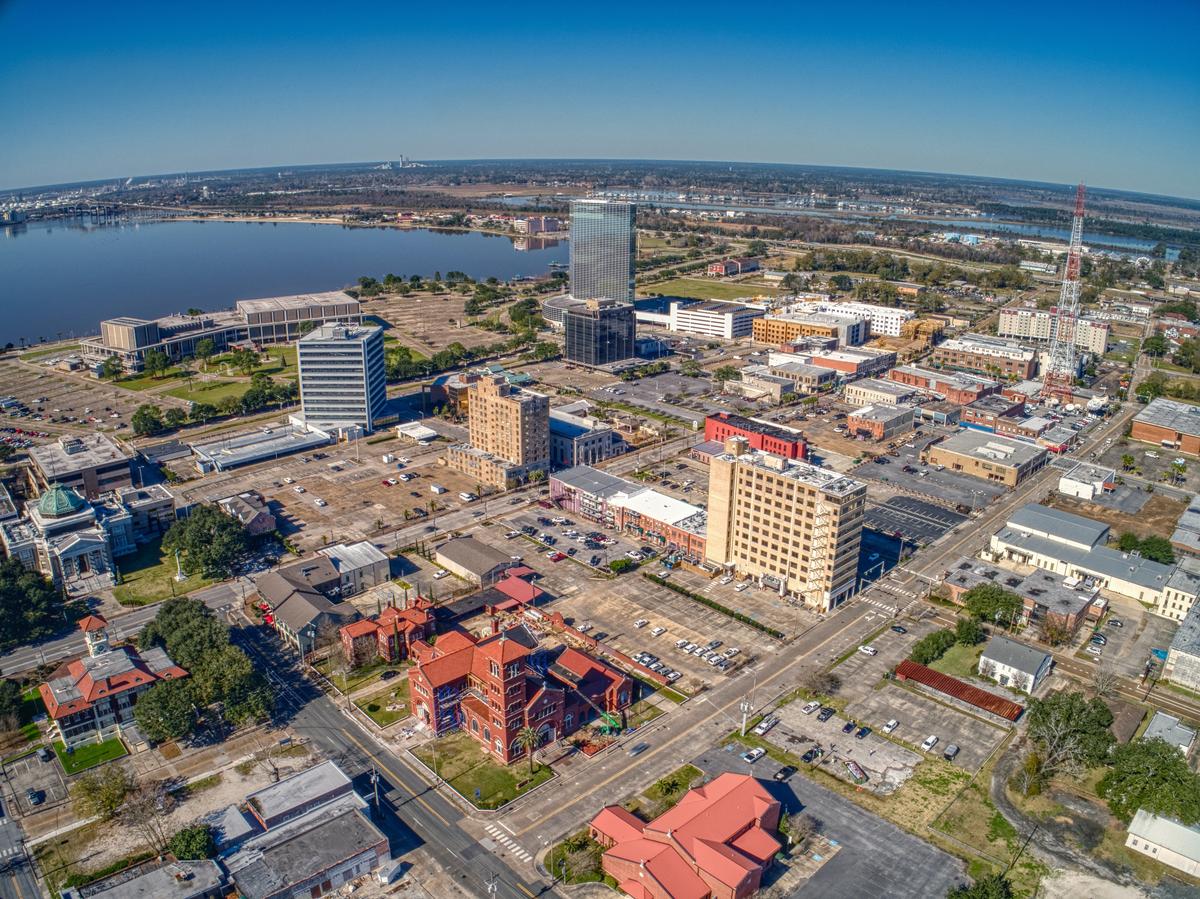

Conclusion
Looking back on my travels through Louisiana, I can honestly say this state is filled with underrated treasures and spectacular experiences that always leave me wanting more. Each city and town offers its own personality—sometimes exciting, sometimes peaceful, but always unforgettable. For me, Louisiana isn’t just a place to visit, it’s a place that captures the heart with its magic blend of culture, food, and nature.

Booking Checklist
1. Book Your Flight - I use Expedia because I like their mobile app with my itinerary. They've helped me re-book flights on many occasions. Once you reach their Gold tier, support is especially good.
2. Book Your Hotel - I use Booking.com or Expedia, depending on my destination.
3. Book Your Rental Car - I use Expedia.
4. Book your tours on Viator or Get Your Guide.
5. If you are planning to visit more than three national parks in the next 12 months, buy the America the Beautiful Pass.
